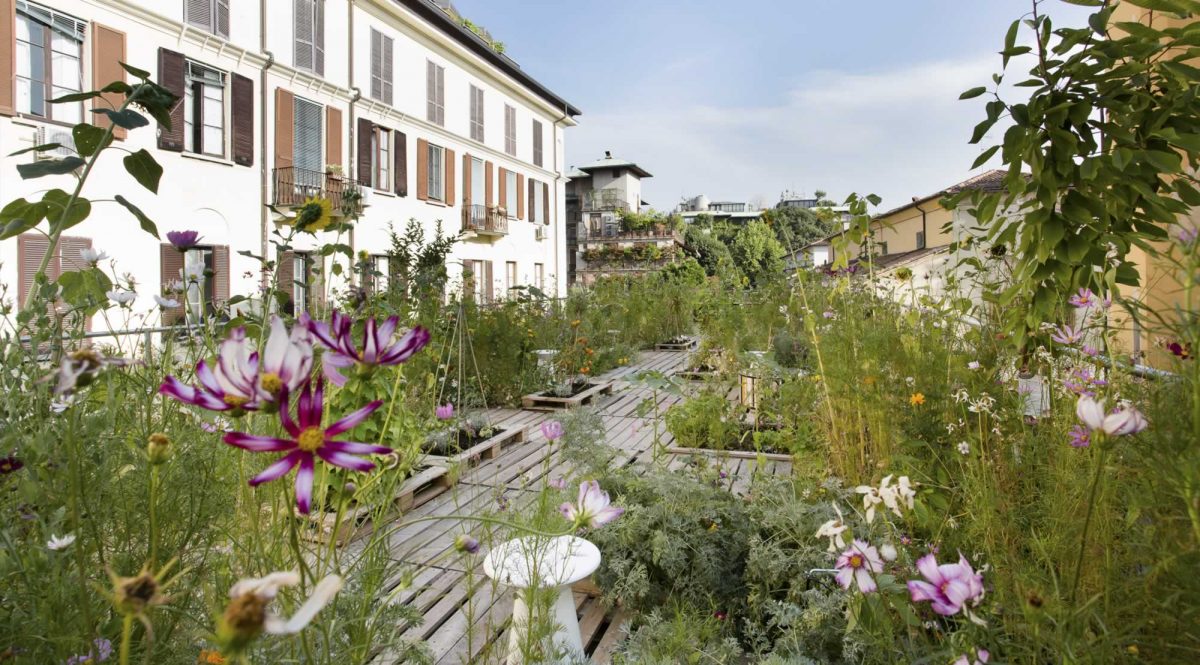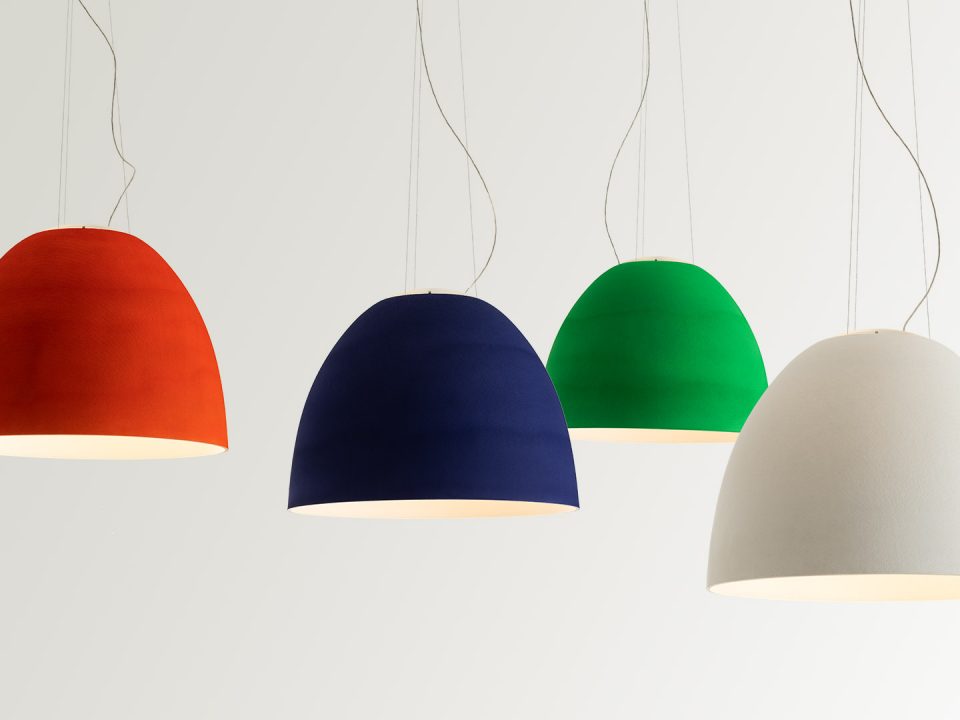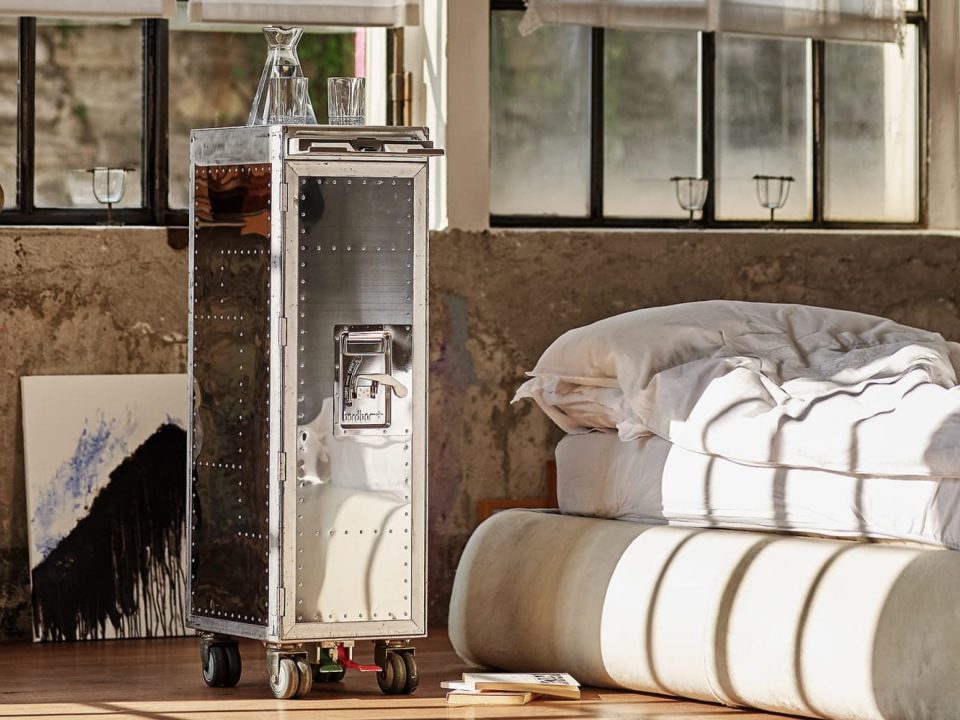Welcome back to common areas

From careful observers and a little voyeur, we have found that in this period the common condominium spaces are returning to new life. More by obligation than by conscious choice, the terraces on the roofs of the buildings have turned into beaches and squares, the courtyards into sporting places, the entrance halls into improvised kindergartens. And where there was a condominium green, abandoned by everyone because everyone was anxious to live their own self-referential existence, rose gardens and vegetable gardens are now being born that have never been seen even before Eva ate the apple.
Well, we are naturally happy with these events and we hope that it is not yet another straw fire ready to go out as soon as things get back on track. However, we have the feeling – small but indomitable hope – that some conquests can remain even after this storm. So let’s make two reflections on these condominium spaces because it is not clear why, or maybe yes, most people, until yesterday, were concentrated (exclusively) on their home.
We work 14 hours a day, more for exhibitionist mannerism than for real necessity, we struggle to earn what we earn, the purchasing power of the currency has decreased over time, we are increasingly dissatisfied, we often do not feel up to expectations (others ), and we want to make a good impression when we invite someone home.
Given these premises, can we have time to devote to common areas? Can we waste energy in relating to our condominiums, with whom we greet each other fleetingly, at best, perhaps by setting the model of shoes they have on their feet? Obviously we cannot. We are too focused on ourselves, we are understood and compressed in our beliefs, we are petrified in a mechanism so immobile that not even Medusa, with her gaze, could hope to succeed.
We are enjoying the disruptive power of this period – which we do not love, which we would have gladly avoided, and for which we do not make any apology. Because some schemes are still skipped, people are coming out of their comfortable dens in search of common spaces, air, neighborhood relationships. We would like an internal change to remain from this bad adventure, and that this change would have concrete effects on the places in which we live.
We learn to take care of common areas like and more than our home, we think how we can live them to the fullest, perhaps making some small investments in terms of maintenance and furnishings, functional to their use. Imagine the roof terrace – which until yesterday was only a tedious expense for the reconstruction of the flat roof – turning into a hanging garden, with bersò, climbing plants and potted trees. Now think of the shabby courtyard, the visible waste bins and that horrible pouring of concrete. How about we see it again? Do we hide waste behind a barrier of plants? Let’s add a couple of benches where you can read and have a chat without looking at your shoes? Do we think of a different pavement, perhaps in stone?
The lesson that should remain impressed on us is that by taking care of others, and common goods, we are not wasting time or resources, nor are we turning into martyrs of civilization, we are simply improving ourselves and our life, the real one, outside Netflix .



